In-stock products will arrive in 1 to 2 business days
Key Features
✓ Endotoxin Level: Determined by LAL method
✓ Purity: Determined by SDS-PAGE and quantitative densitometry by Coomassie® Blue staining
✓ Biological Activity: Yes
✓ Expression System: E. coli
Need Help Ordering?
Product Details
Storage & Preparation
Data Images
Background
Product Documents
Product Details
| Biological Activity | Determined by in-house activity assay |
| Purity | Determined by SDS-PAGE and quantitative densitometry by Coomassie® Blue staining |
| Endotoxin | Determined by LAL method |
| Expression System | E. coli. |
| Accession Number | P40933 |
| Sequence | Asn49-Ser162, with an N-terminal Met MNWVNVISDL KKIEDLIQSM HIDATLYTES DVHPSCKVTA MKCFLLELQV ISLESGDASI HDTVENLIIL ANNSLSSNGN VTESGCKECE ELEEKNIKEF LQSFVHIVQM FINTS |
| Molecular Weight | 12.9 kDa (predicted) |
| Formulation | Lyophilized from sterile PBS with Trehalose, pH 7.4 |
Storage & Preparation
| Shipping | Shipped at ambient temperature. |
| Stability & Storage |
|
| Reconstitution | Reconstitute at 100 ug/mL in sterile PBS. |
Data Images
Background
| Alternative Names | Interleukin 15, IL15, MGC9721 |
| Function | IL-15 is a cytokine closely related to IL-2 in that it stimulates CD4+ Th cells, CD8+ Tc cells and NK cells. Notably, IL-15 is not associated with a strong Treg response and uses a variation in receptor signaling to distinguish its mechanism from IL-2. IL-15 predominately uses a cell-to-cell juxtacrine interaction involving an IL-15 responsive cell expressing the IL-2 R beta (CD122)/common gamma chain (CD132) complex and, in a process termed transpresentation, IL-15 bound to IL-15 R alpha (CD215) on the surface of second, effector cell completes the signaling interaction. In a less regulated fashion, free IL-15 is able to induce signaling through the IL-2 R beta (CD122)/common gamma chain (CD132) complex. Through these interactions IL-15 is also associated with an exercise-induced skeletal response and interstitial adipose metabolism. IL-15 is being investigated for its potential to improve the efficacy of adoptive cell therapies (ACT), such as CAR-T cell therapy and TCR-engineered T cell therapy. IL-15 is being investigated in combination with other immunotherapies, such as checkpoint inhibitors (e.g., anti-PD-1 antibodies) and other cytokines (e.g., IL-2), to enhance anti-tumor immune responses. |
| Tissue Specificity | IL-15 expression has been reported bone marrow stromal cells, muscle tissue, epithelial cells, and adipose tissue |
| Cellular Localization | Cell surface and secreted protein forms |
| Involvement in Disease | Dysregulation of IL-15 has been implicated in inflammatory disorders like allergic asthma, chronic obstructive pulmonary disease (COPD) and psoriasis; autoimmune disorders such as rheumatoid arthritis and multiple sclerosis; metabolic disorders such as obesity, insulin resistance; cancer tumor metastasis and immune evasion. |
| UniProt | P40933 |
| Gene Symbol | IL15 |
| Entrez Gene ID | 3600 |
Product Documents
You may also be interested in related products:
Reviews (no reviews yet)
Only logged in customers who have purchased this product may leave a review.
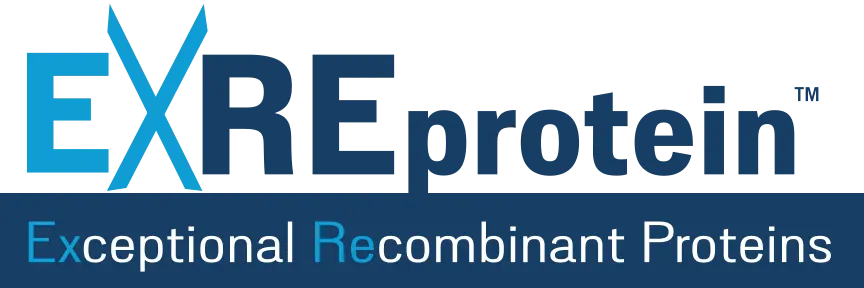


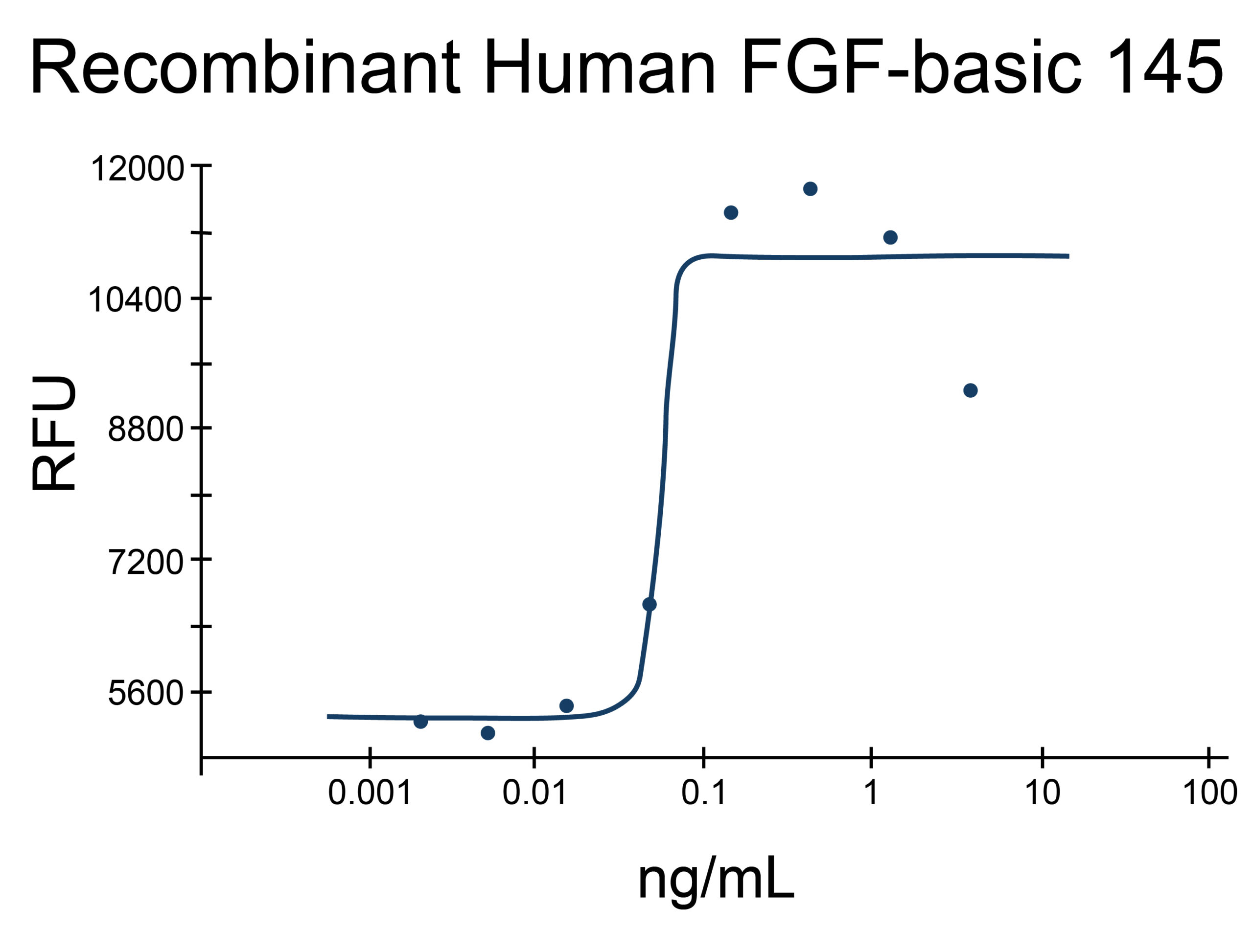
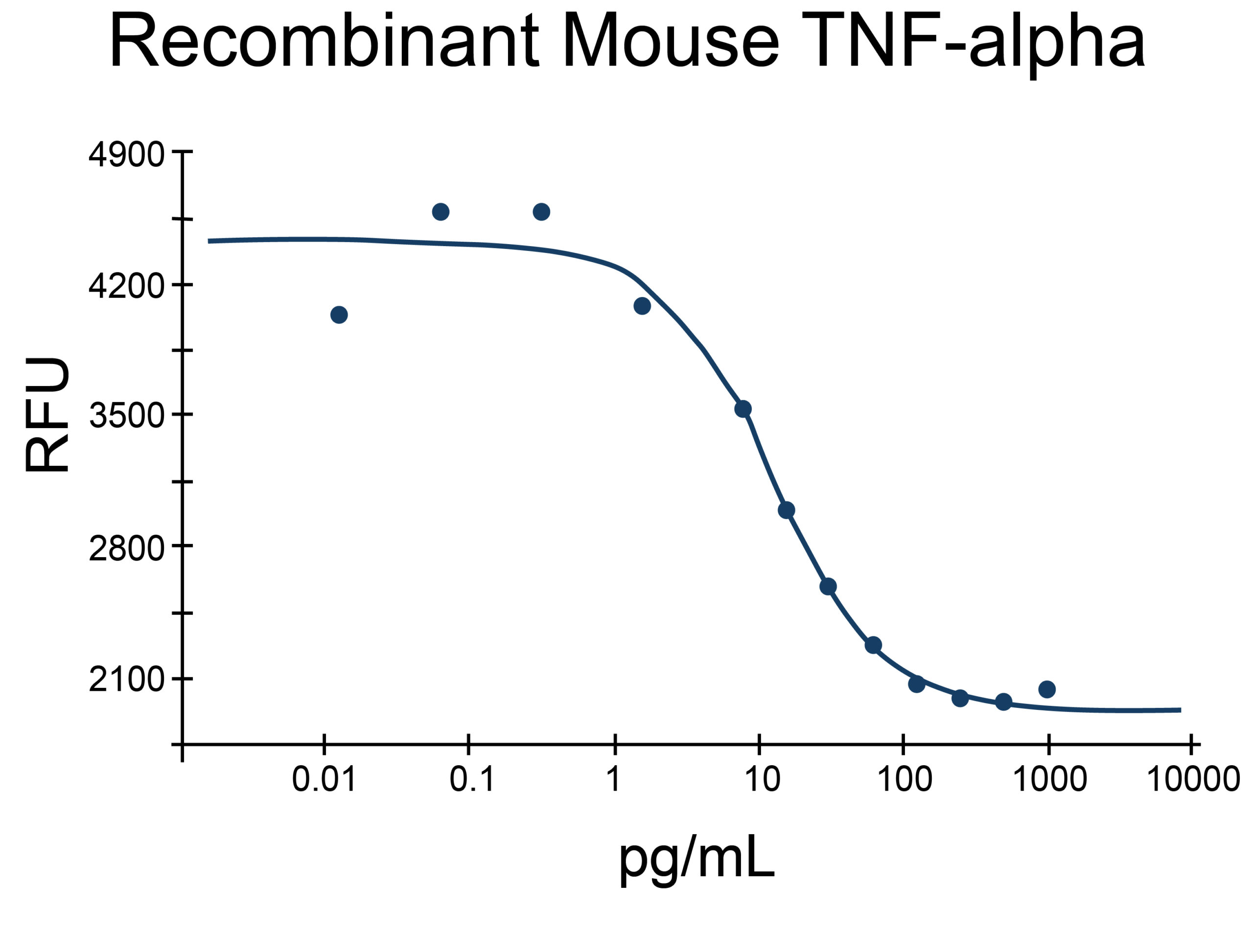
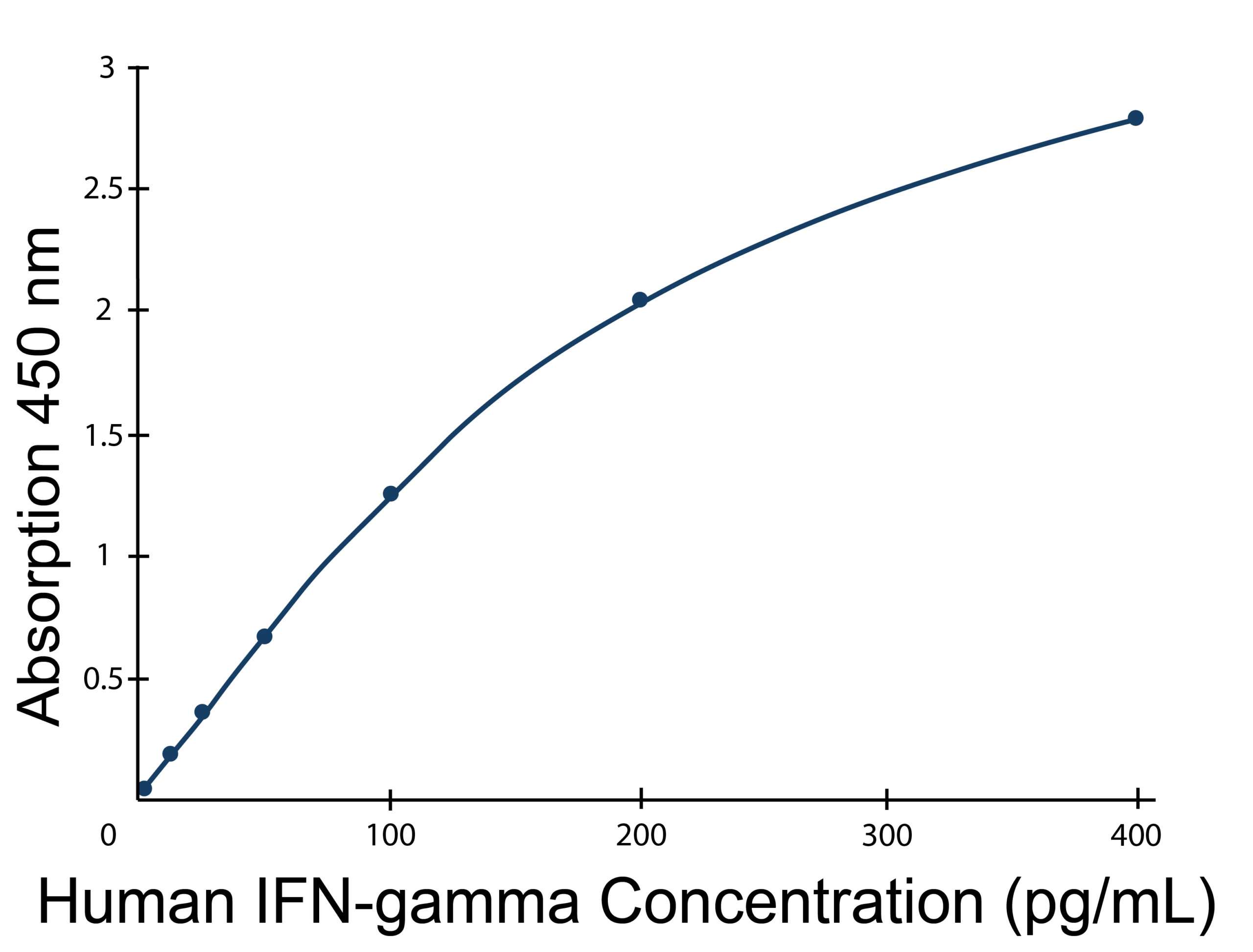
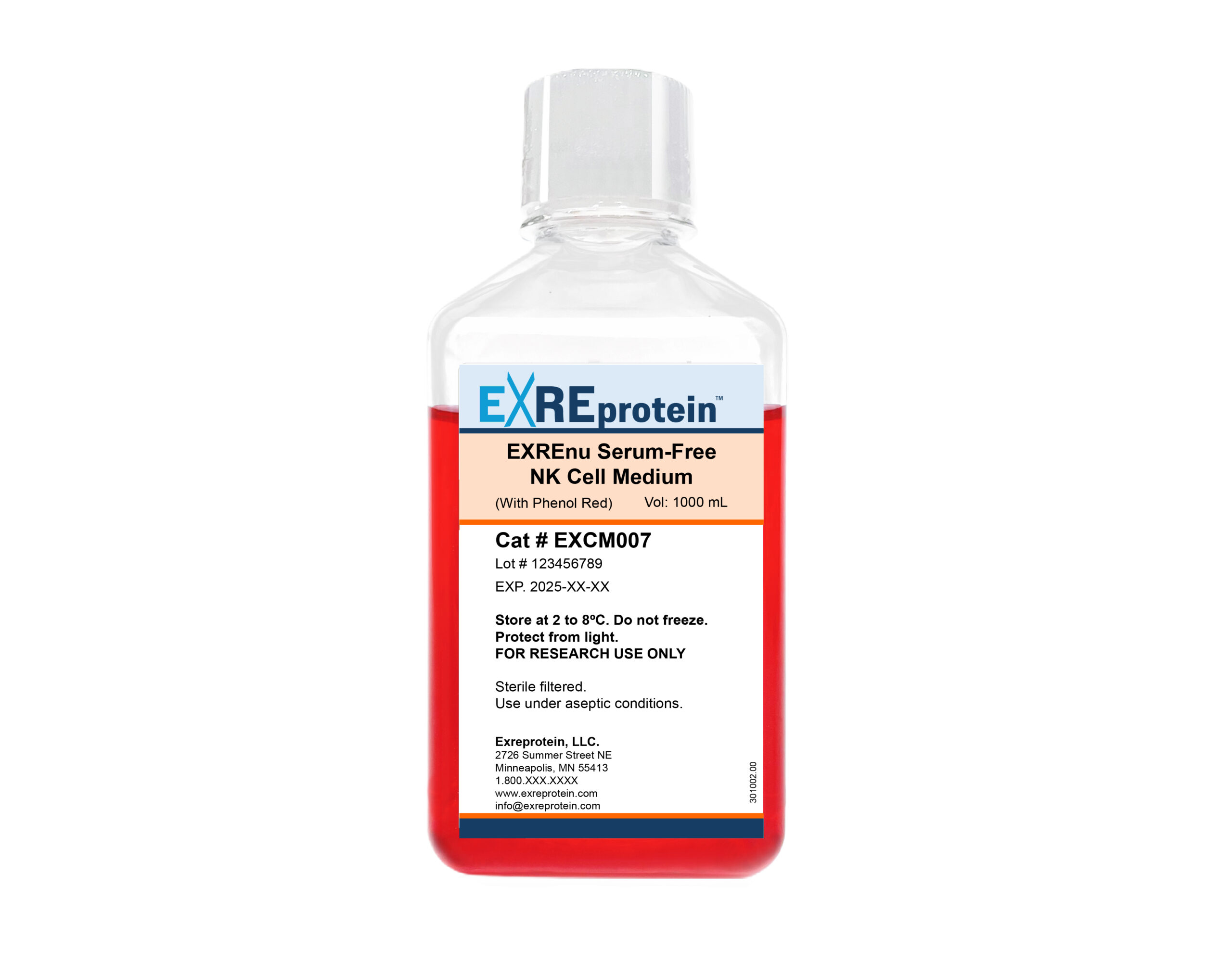
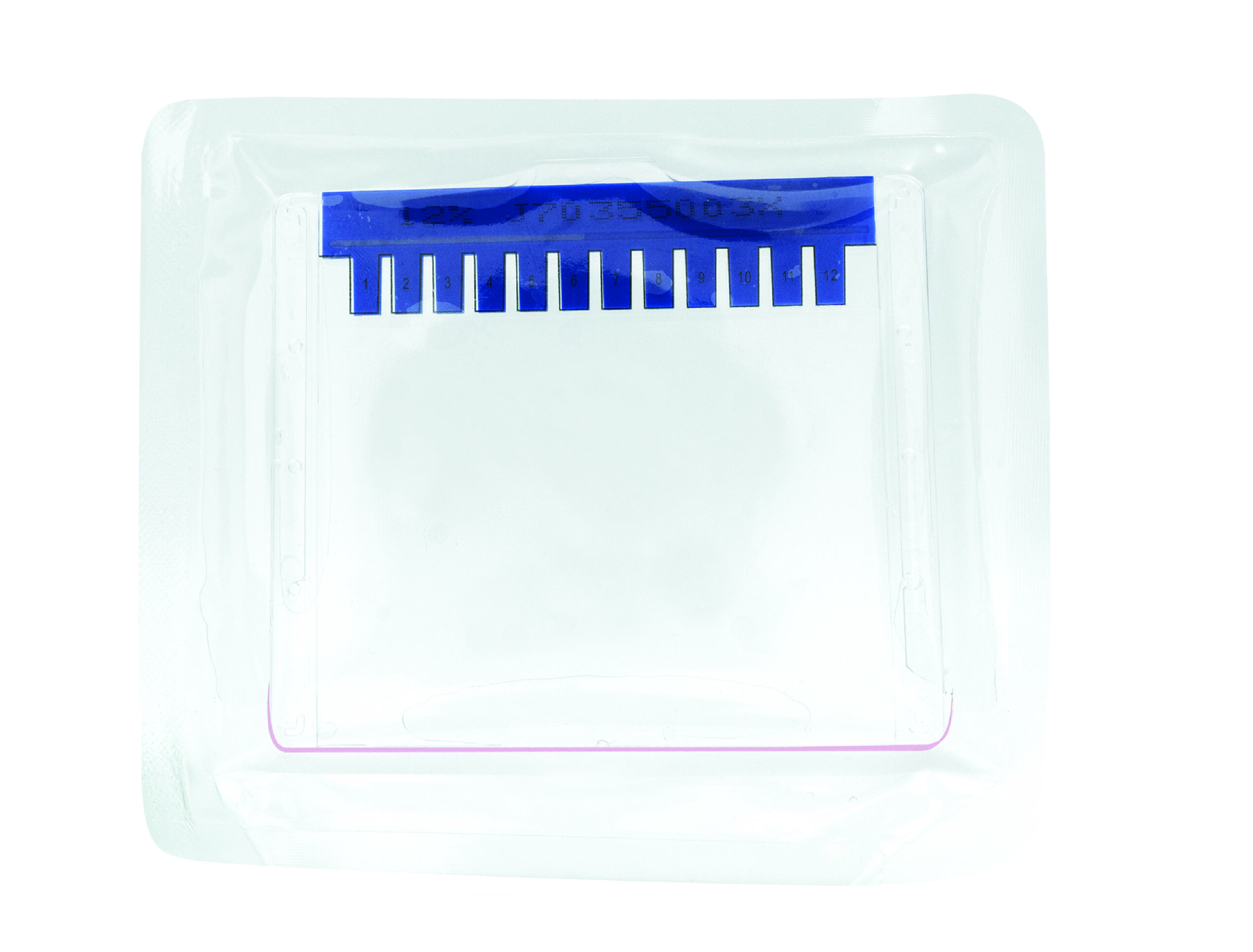
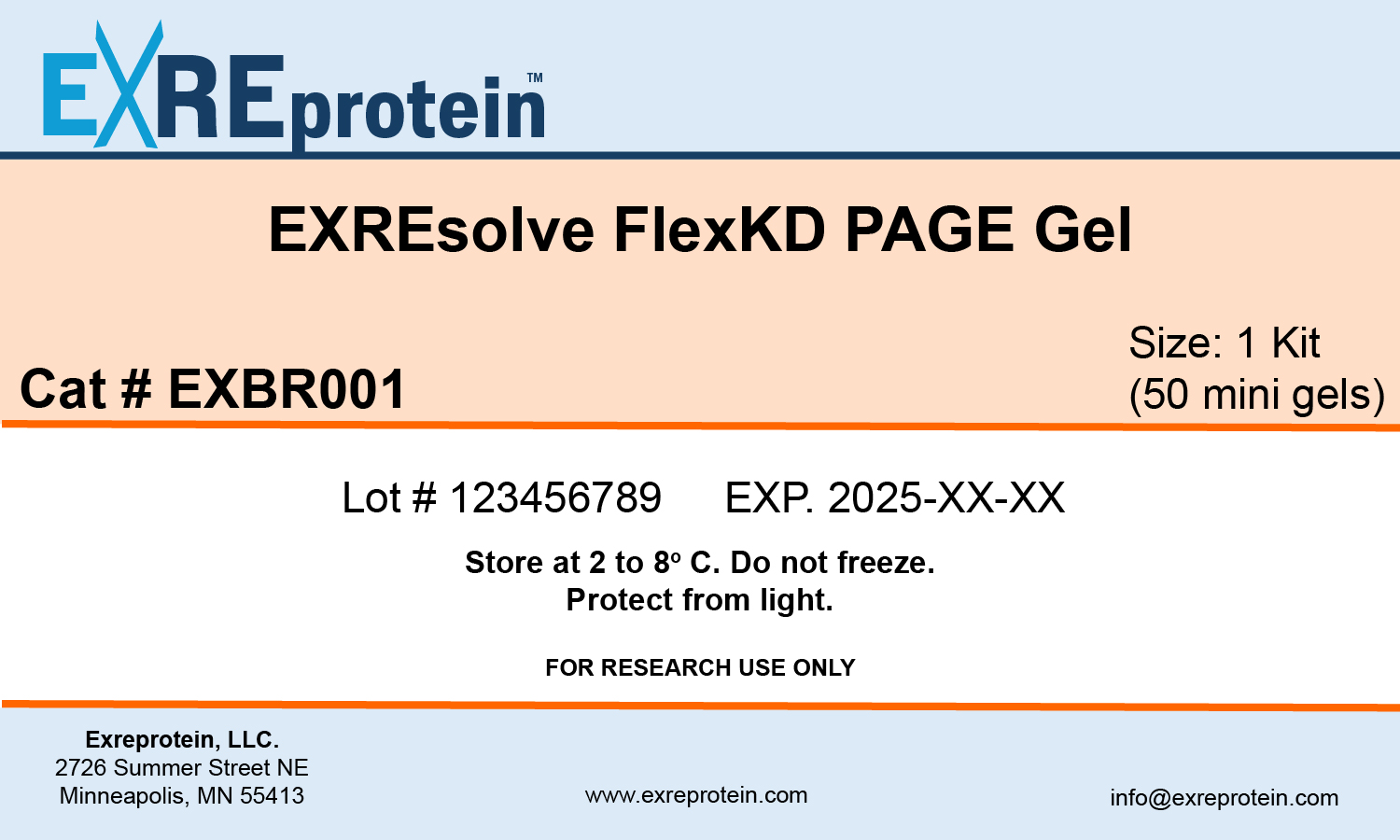
Reviews
There are no reviews yet.